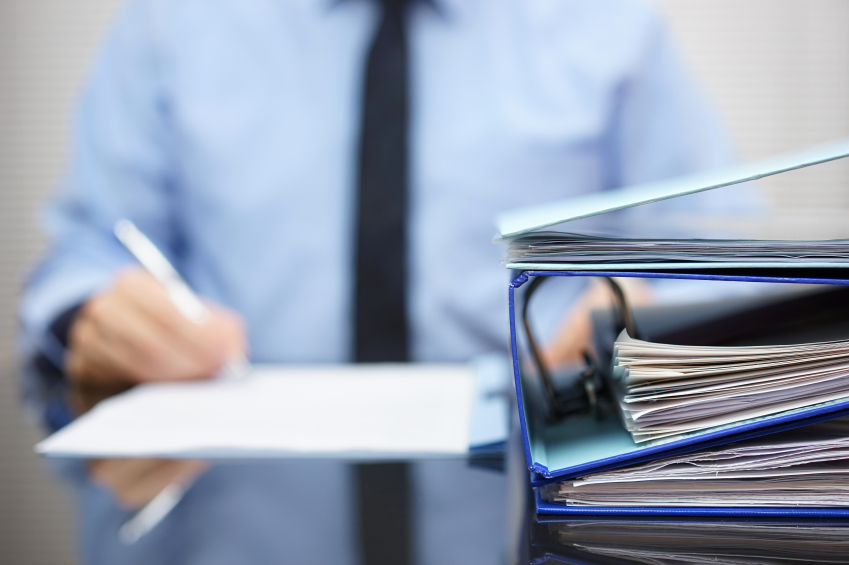
|
Have you looked down lately to see what might be tripping up your workers?
Walking Surface Issues
When it comes to slips, trips, and falls, healthcare workers are at higher risk than most workers, so that’s where the National Institute for Occupational Safety and Health (NIOSH) and the Centers for Disease Control and Prevention (CDC) went looking for causes—and solutions. NIOSH conducted research on slips, trips, and falls in three acute care hospitals, and spent 10 years assessing the effectiveness of preventive measures. Over that 10-year period, workers’ compensation costs arising from slips, trips, and falls in the three hospitals declined by 59%. These preventive measures could help reduce your workers’ comp costs, too.
Your one-stop safety management resource, available 24/7. Go here to take a no-cost site tour or here to try it in your own office!
The specific causes of slips, trips, and falls may vary—the slick floors in your workplace might be created by a different substance than those in a hospital—but the prevention principles can be broadly applied. Major risk factors identified by NIOSH and the CDC include:
Contaminants on floors and walkways. Kitchens, bathrooms, building entrances, and other areas where floors and walkways are often wet or contaminated present this type of risk. Effective preventive measures include:
- Well-documented housekeeping procedures; the CDC suggests creating a written housekeeping program.
- Two-step mopping. This technique, in which a cleaning solution is applied, then removed, is more effective than traditional damp-mopping and may reduce slipping hazards.
- Slip-resistant shoes. In persistently slick areas, workers should wear appropriate footwear.
- Correctly aligning pipes with the drain they empty into, unclogging drains regularly, and redirecting downspouts away from sidewalks.
Indoor walking surface irregularities. Damaged, warped, buckled, or uneven flooring surfaces can cause employees to slip, trip, or fall. Control this risk by:
- Replacing or restretching loose or buckled carpeting;
- Removing, patching underneath, and replacing indented or blistered vinyl tile;
- Eliminating trip hazards over a quarter-inch high in all areas of pedestrian travel, using beveling or ramps;
- Replacing smooth flooring materials in areas normally exposed to water, grease, and/or particulate matter with rougher-surfaced flooring; and
- Making sure elevators are leveled properly so elevator floors line up evenly with hallway floors.
Great news! BLR’s renowned Safety.BLR.com® website now has even more time-saving features. Take our no-cost site tour! Or better yet, try it at no cost or obligation for a full 2 weeks.
Outdoor walking surface irregularities. Outdoor falls can result from poorly maintained, uneven ground; protruding structures; holes; and rocks, leaves, and other debris. Improve safety by:
- Patching or filling cracks greater than a half-inch wide in walkways;
- Highlighting changes in elevation with Safety Yellow warning paint;
- Eliminating concrete wheel stops in parking lots; and
- Covering or highlighting underground watering system structures.
Weather conditions. Ice, snow, and rain can cause slips and falls. In areas where this is a problem, you can improve safety by:
- Providing additional mats when needed;
- Removing ice and snow from parking lots, garages, and sidewalks promptly;
- Placing freezing weather warning monitors at entrances to employee parking areas;
- Displaying contact numbers for the maintenance department so employees can report slick conditions; and
- Placing bins of ice-melting chemicals in outdoor areas of heavy pedestrian traffic.
Tomorrow, we’ll look at three more situations that can create a slip, trip, and fall hazard, and effective interventions you can implement.

Great information that can be utilized in my organization. However, nothing is more effective than looking and thinking about what you are doing. Too often, people are distracted visually and cognitively while performing tasks that lead to slip, trip, and falls. Thanks for the information.
thank you very much for this information. it was very helpful.
Great information, but far to generalized. Specifically, where is the data to support the use of floor mats at building entrances to prevent wet floors? How often should those mats be exchanged? How far into the building should the mats extend into the building 10 feet, 20 feet, 30 feet?
This article like many in this field provides common sense information such as floor mats at building entrances is a good idea. However, it fails to provide objective measurements regarding whether or not these “good idea” interventions are effective in preventing injury.